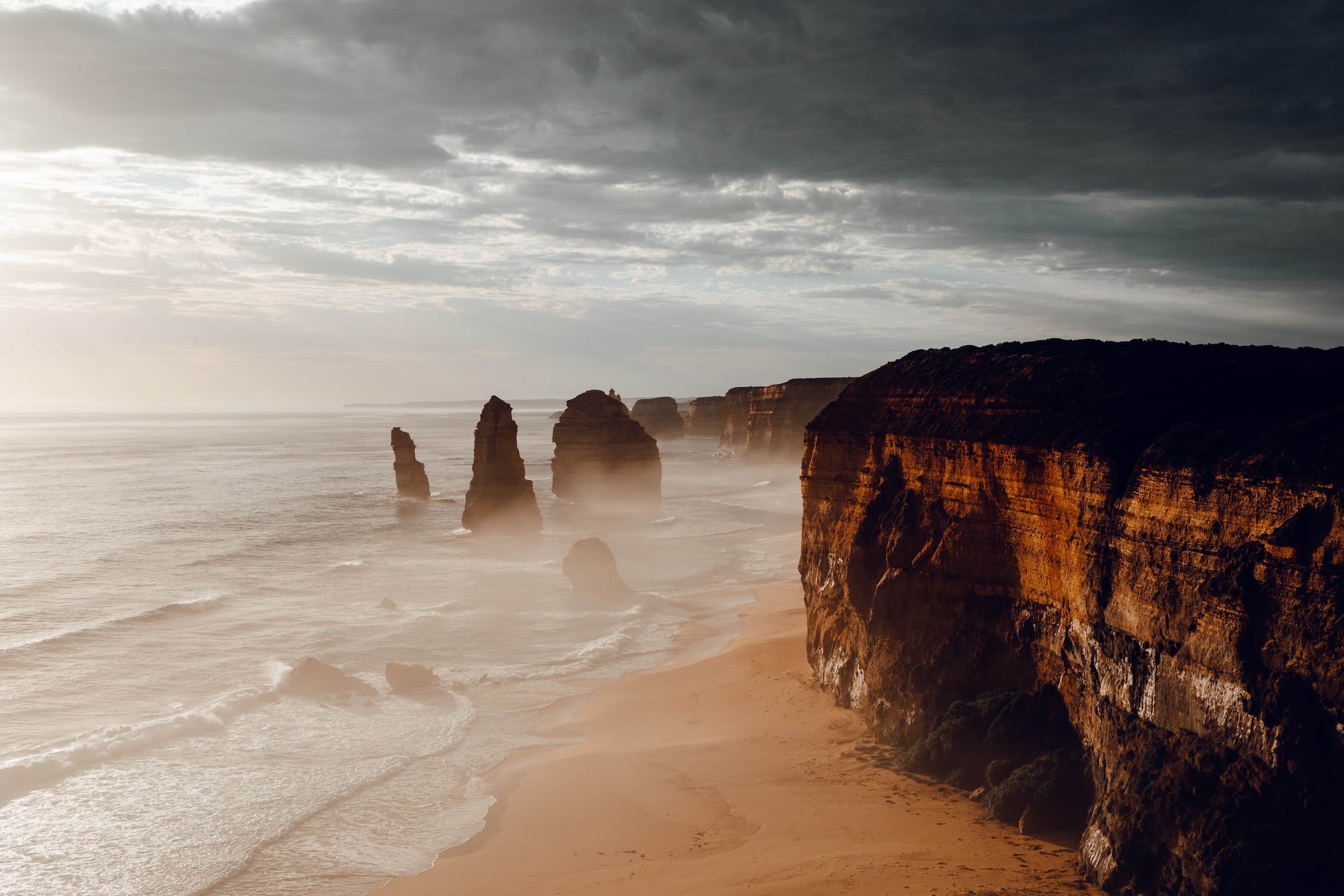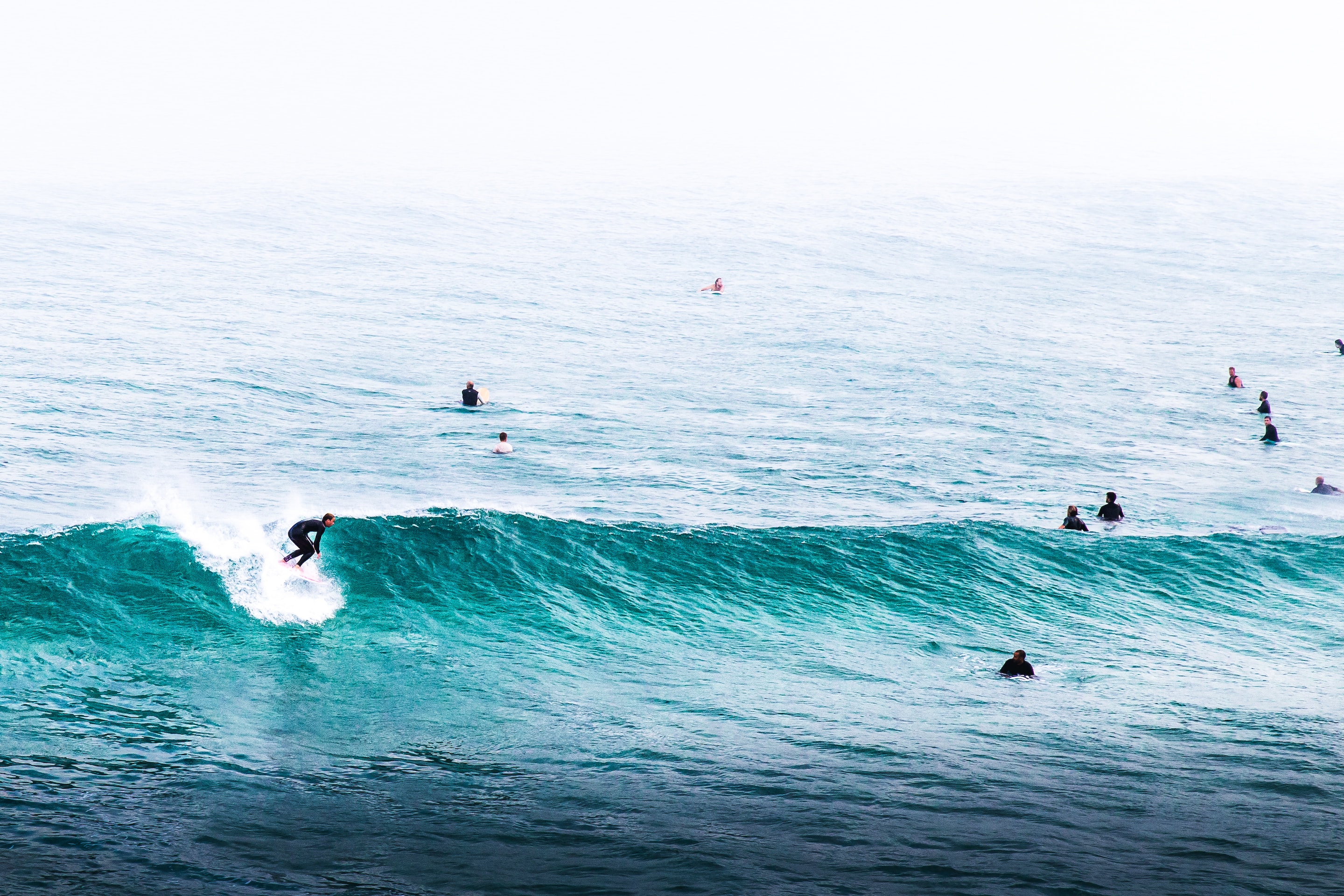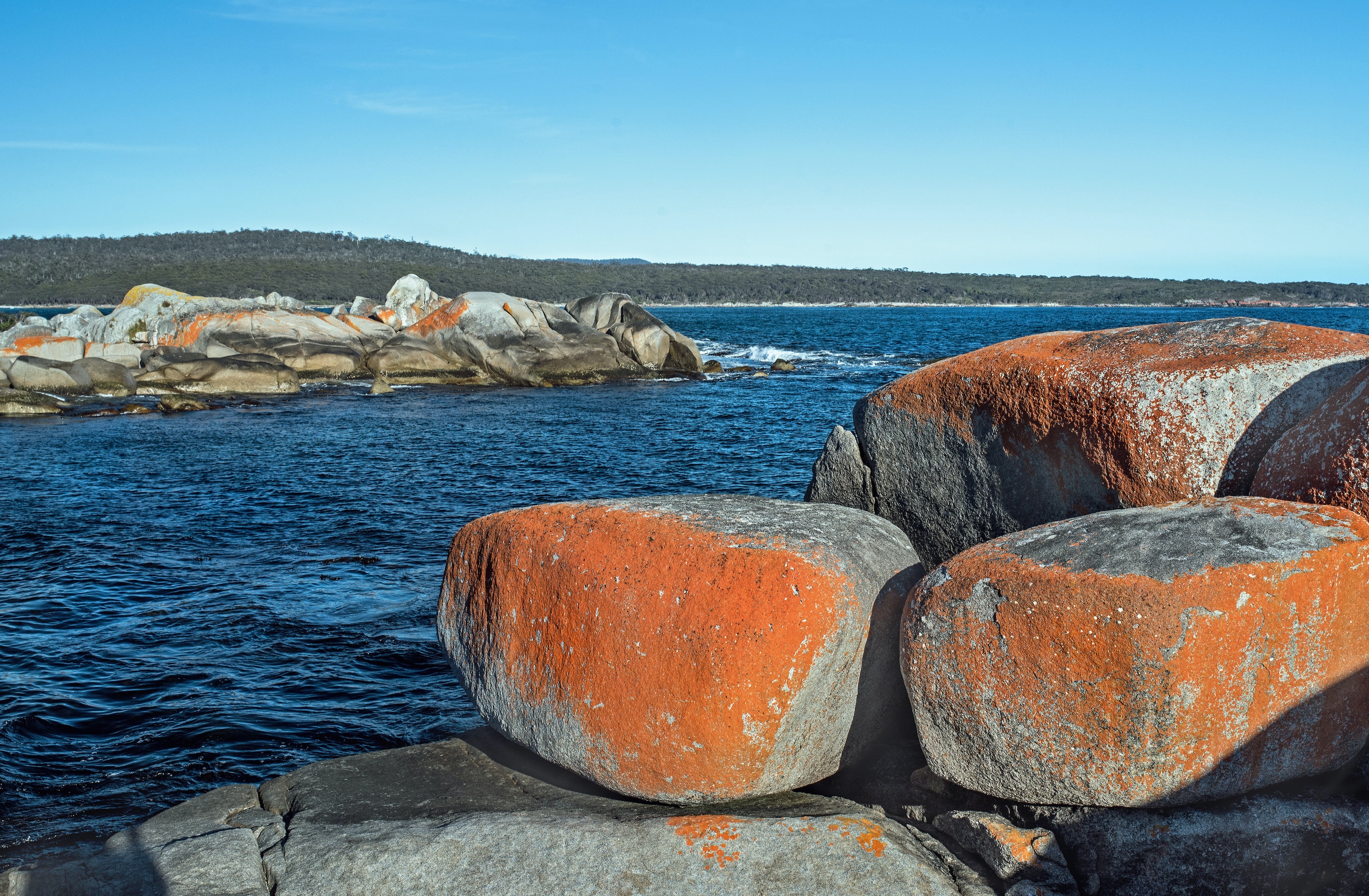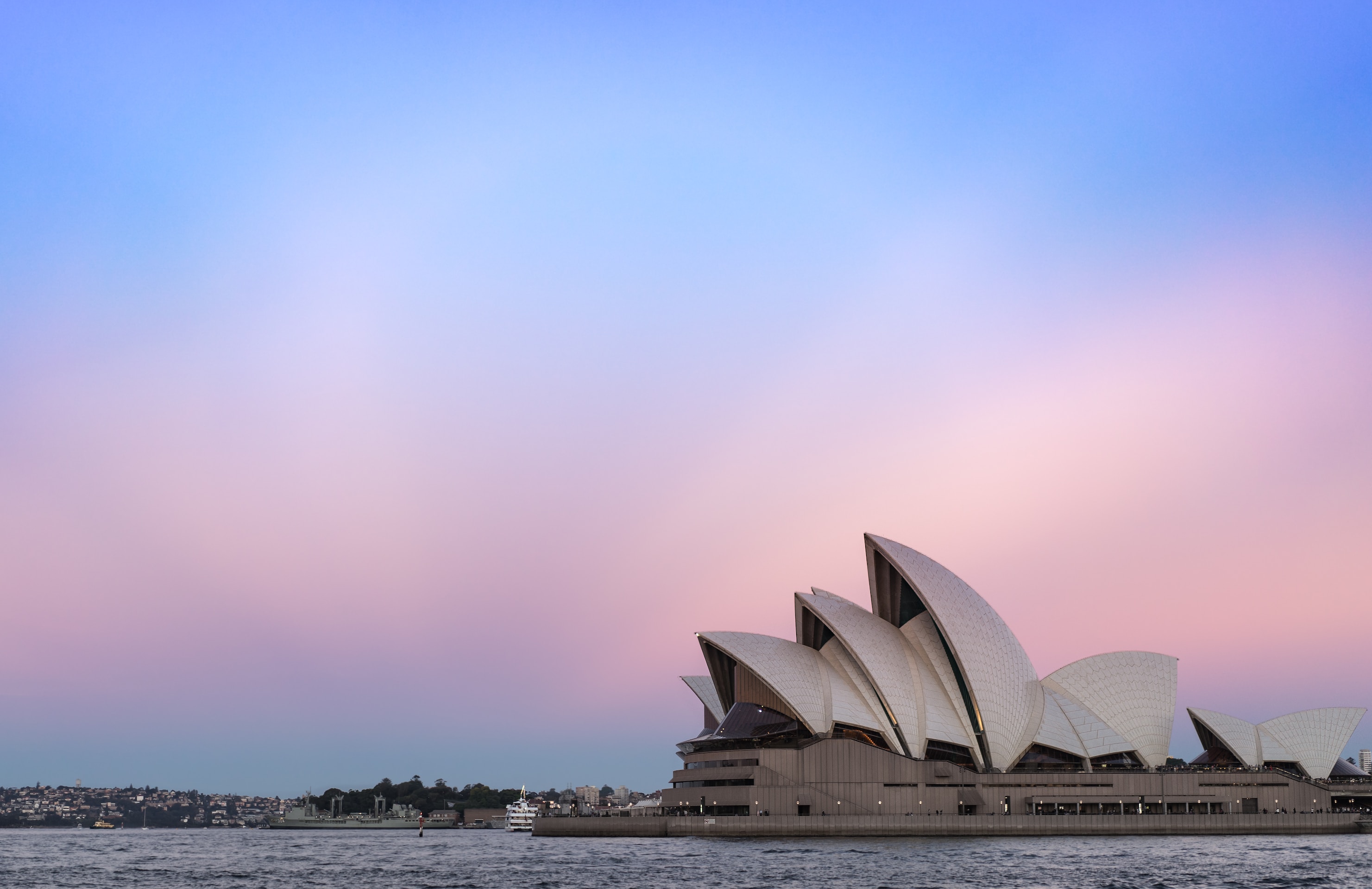Sweetheart the crocodile was a legendary reptile that gained fame and captured the hearts of many people. Let’s explore how big this extraordinary creature truly was and uncover some fascinating facts about its size.
Size and Length
Our partners: justnztravel.com.au
Sweetheart was a massive crocodile, known for its impressive length. It measured approximately 5 meters or 16 feet from snout to tail, making it one of the largest crocodiles ever recorded.
This astonishing length allowed Sweetheart to strike fear into the hearts of both humans and animals alike. Its sheer size and power made it a force to be reckoned with in the animal kingdom.
Weight
In addition to its remarkable length, Sweetheart was also incredibly heavy. It weighed around 1,400 kilograms or 3,100 pounds. Just imagine the sheer mass of this magnificent creature!
Species
Sweetheart belonged to the species Crocodylus porosus, commonly known as the saltwater crocodile. This species is the largest living reptile and is known for its impressive size and strength.
Age and Origins
Sweetheart was estimated to be around 80 years old when it died, making it an elder in the crocodile world. It lived in the coastal rivers of Northern Australia, where it grew to become a true icon.
Legacy
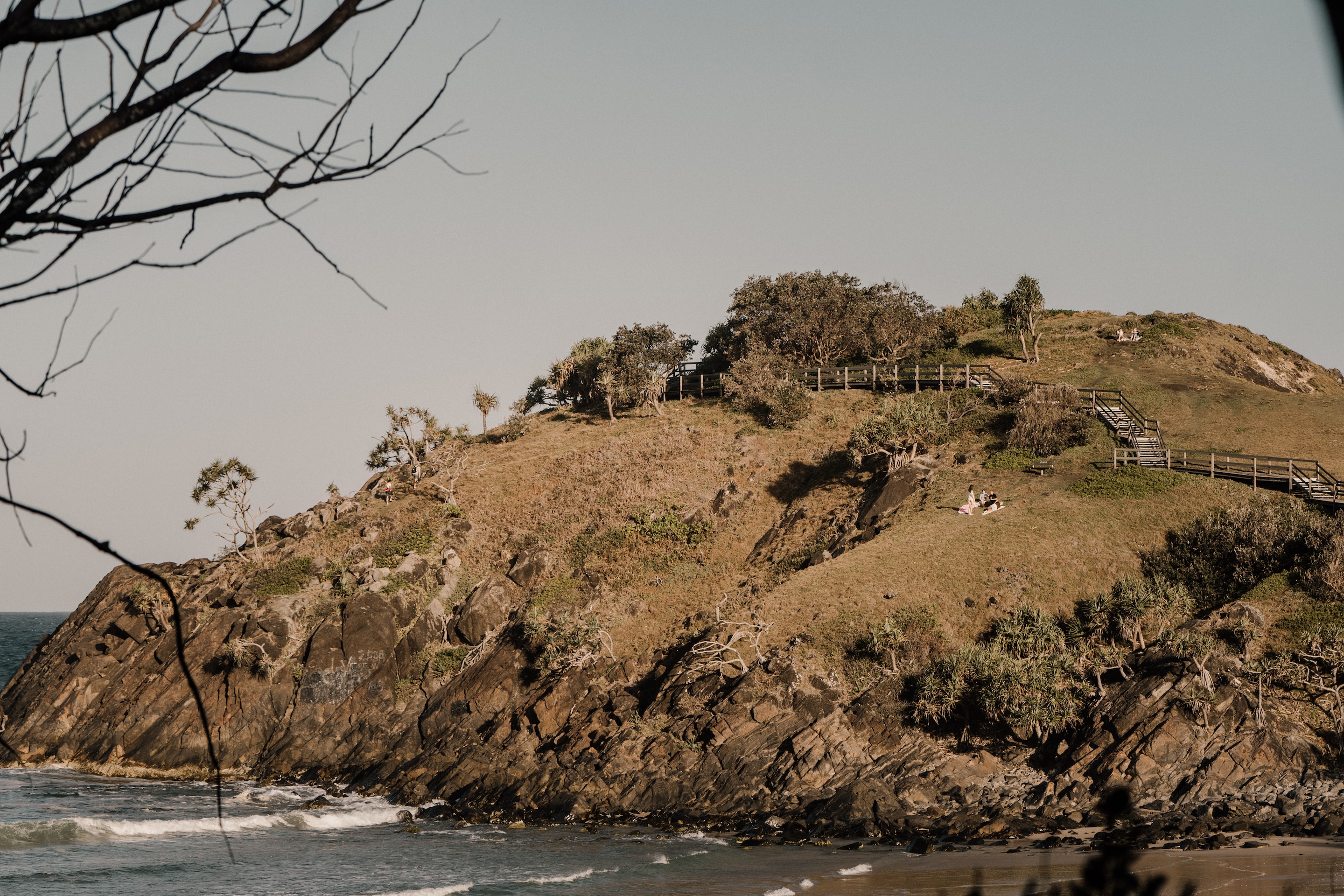
Despite its formidable presence, Sweetheart became an emblem of conservation efforts for crocodiles in Australia. Its death in 1979 sparked a movement to protect and preserve these magnificent creatures in their natural habitats.
Today, Sweetheart’s legacy lives on through various educational programs and initiatives that aim to raise awareness about the importance of crocodile conservation.
The sheer size of Sweetheart the Crocodile was awe-inspiring. With a length of around 5 meters and weighing over 1,400 kilograms, it was truly a giant among reptiles.
Though Sweetheart may no longer be with us, its memory remains a symbol of the beauty and power found in nature. By learning about these incredible creatures, we can better understand and appreciate the need to protect and preserve them for future generations.




